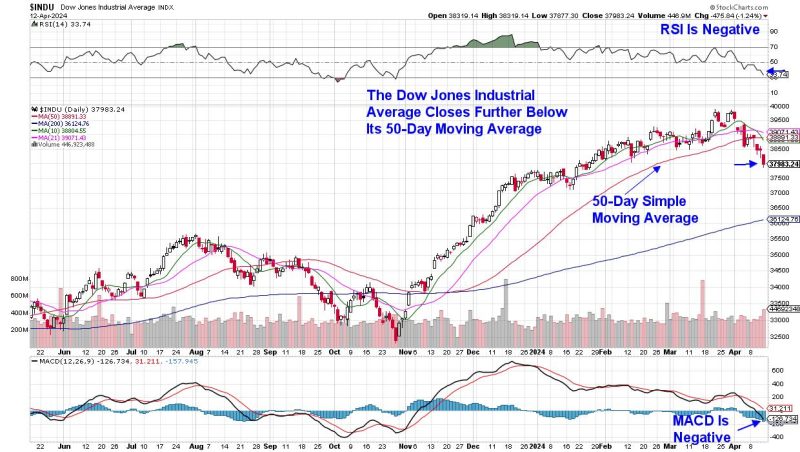As investors navigate the complex landscape of the financial markets, it becomes crucial to keep a close eye on various indicators that may offer insights into the future direction of the market. One such indicator that has been gaining attention is the VIX, also known as the fear index. In recent months, weaknesses in the VIX have sent ripples across the market, with some analysts sounding alarms about a potential broader market correction.
The VIX, short for the CBOE Volatility Index, is a measure of the market’s expectation of volatility over the next 30 days. It is often referred to as the fear index because it tends to spike during times of market uncertainty and panic. A low VIX level indicates a complacent market, while a high VIX level signals increased fear and uncertainty among investors.
In the recent market environment, the VIX has exhibited unusual behavior, remaining stubbornly low despite ongoing geopolitical tensions, trade disputes, and other potential risk factors. Some market observers point to this anomaly as a warning sign of a market correction on the horizon. Historically, a persistently low VIX has sometimes preceded major market downturns, as investors become overly complacent and fail to adequately price in risks.
The VIX’s relationship with the broader market is complex and multifaceted. While a low VIX can signal complacency and potential market vulnerability, it is not a foolproof indicator of an imminent correction. Many factors influence market dynamics, and the VIX is just one piece of the puzzle. It is essential for investors to consider a wide range of indicators and conduct thorough research before making investment decisions based solely on the VIX.
As investors grapple with uncertain market conditions, staying informed and maintaining a diversified portfolio remain essential strategies for managing risk. Keeping a close watch on indicators like the VIX can provide valuable insights into market sentiment and potential shifts in investor behavior. By remaining vigilant and adaptable, investors can position themselves to navigate market volatility and capitalize on opportunities that arise during turbulent times.
In conclusion, while weaknesses in the VIX may indeed foretell a broader market correction, it is important for investors to approach market indicators with caution and a critical eye. The VIX is a useful tool for gauging market sentiment, but it is not a crystal ball for predicting market movements. By combining insights from various indicators and conducting thorough analysis, investors can make informed decisions that align with their investment goals and risk tolerance.

